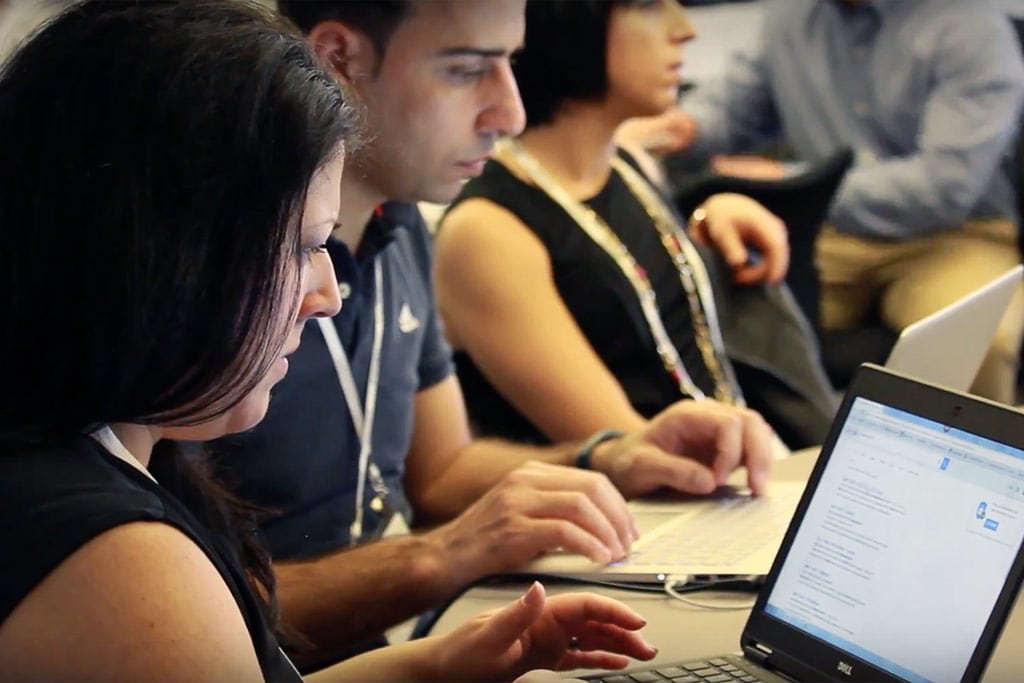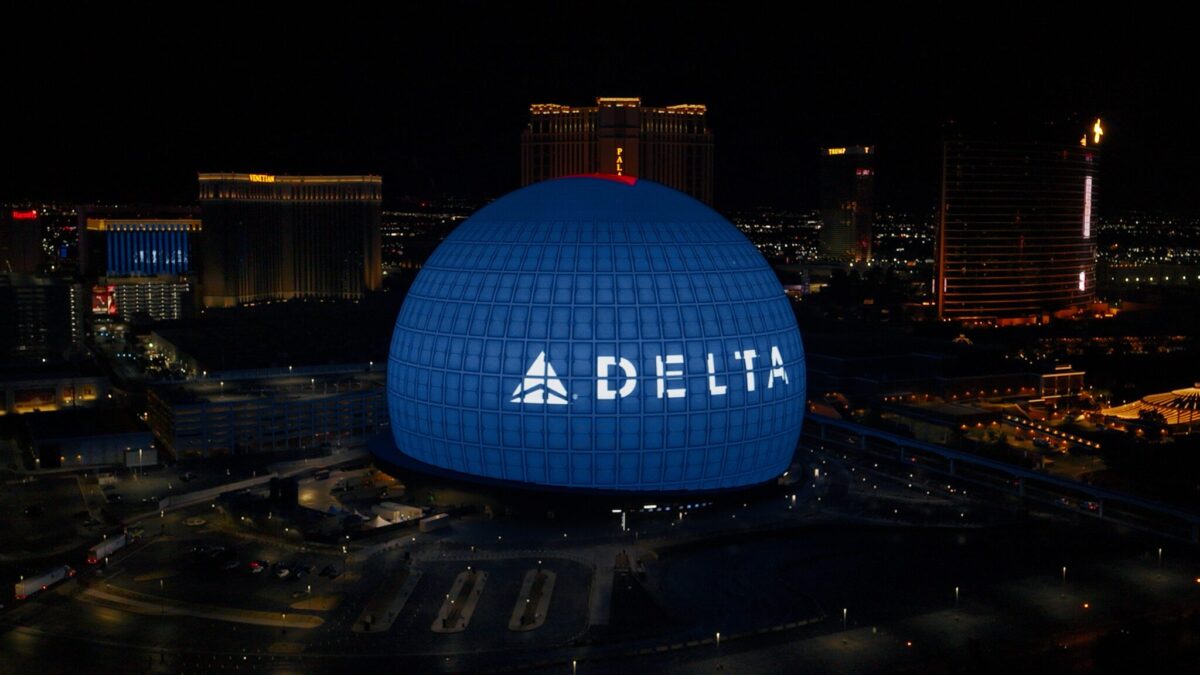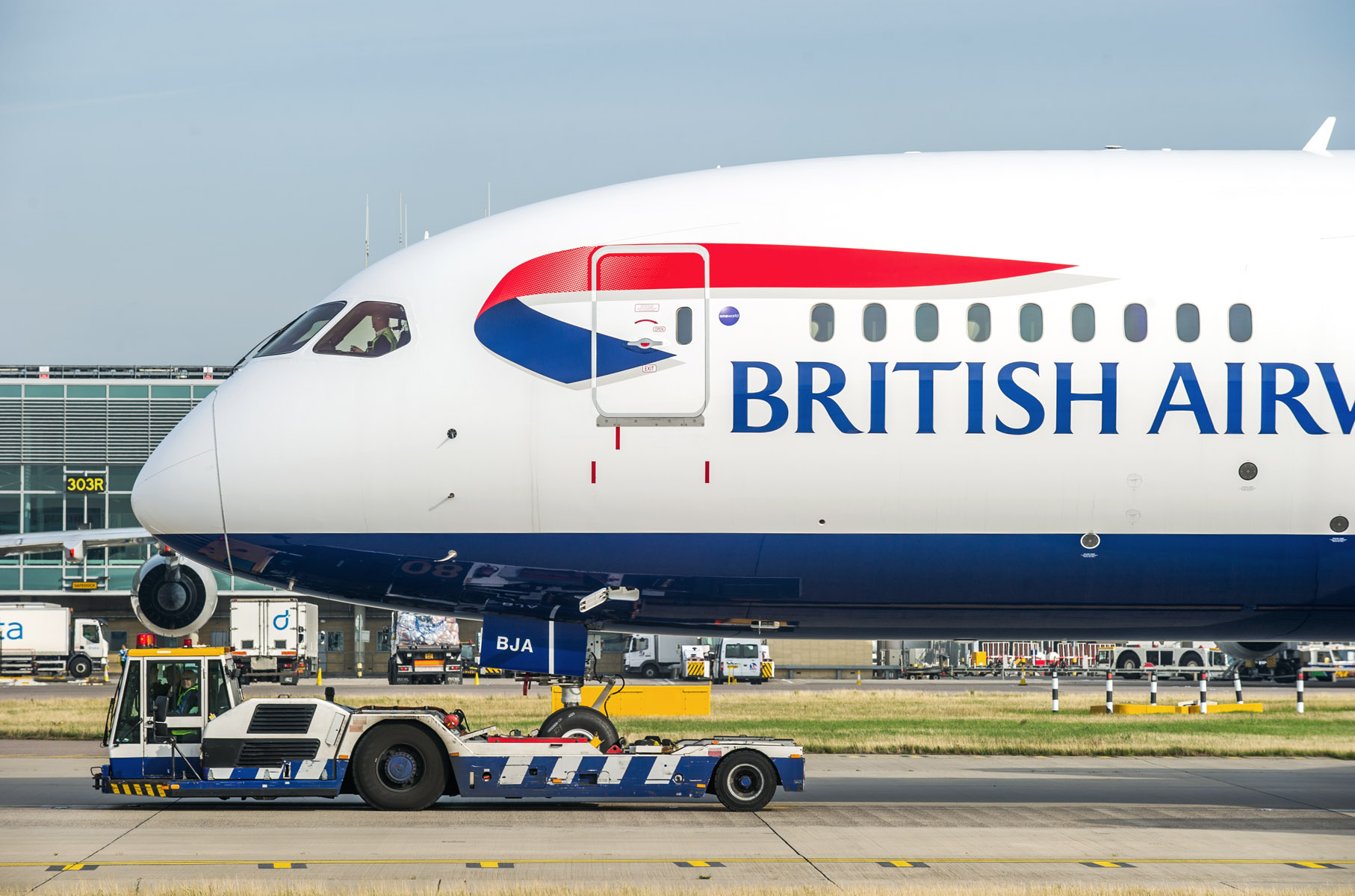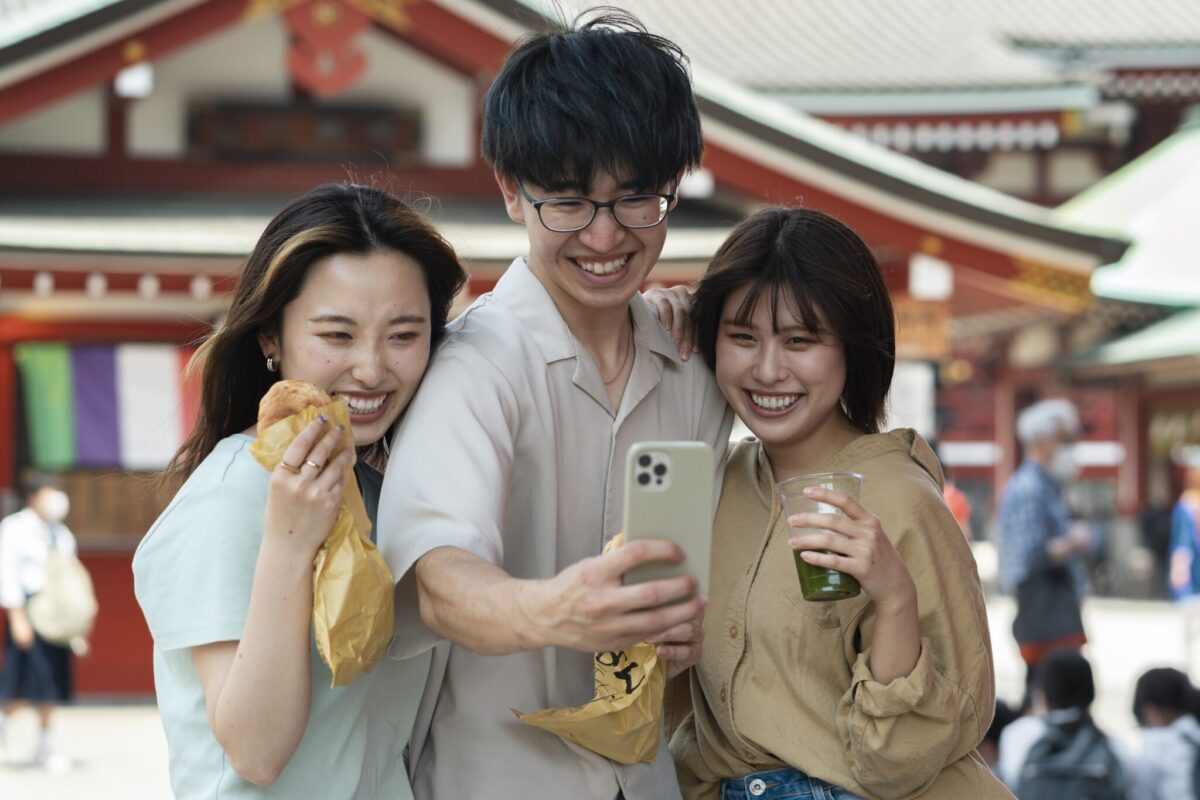The Events Industry Has a Blind Spot When It Comes to Attendee Engagement

Skift Take
With the explosive growth and innovation happening in digital technology, it has become easy to track the behavior of event attendees in a way never possible before. Badges and wristbands embedded with Bluetooth, Wi-Fi, and even radio frequency can provide rich data about how successful an event is.
Most event organizers and venues have not yet embraced these technologies, however. The reason for this is pretty simple: Collecting and analyzing the data is a big investment, and many of these metrics are so new, there are no industry standards or best practices to make sense of the numbers.
“People are aware of this technology,” said Michael Burns, head of sales and marketing for Aventri, an event planning and technology platform. “But like any new technology, there’s the standard adoption curve. And we’re still in early adopter phase.”
But in a sector that moves slowly, it’s not clear when this will change — especially as many organizers are not convinced of its importance.
At this point, much of the events industry is still gathering mostly quantitative data rather than qualitative data, a distinction Burns says is very important when it comes to analyzing the success of an event.
A large portion of the quantitative data comes from registration, and this information is mainly demographic: what companies the attendees work for, what geographic areas they are from, what their job titles are, and so on.
This sort of data also stretches to what attendees are doing on-site while an event is taking place. This can be as simple as checking in at the front desk, providing information as to who came and who did not. By scanning attendees’ badges when they enter a session, organizers can get a better picture of who showed interest in which topics.
This only gives a general outline of what is going on with an event, however. Qualitative data research goes much deeper, Burns said, and provides a richer picture of what is going on.
“I can’t stress enough that there’s a big, big difference,” Burns said. “I think there’s tons of technology out there that can tell you how many people went to one session versus another session. And that’s interesting, but it’s really about how engaged those people were with that session. How long did they stay? Did they engage with the topic and are they doing other things while they’re there that indicate they have a true interest in that topic outside of that one, discrete session?”
Attendee engagement is something highly prized by planners and venues alike, but it has often proved very difficult to track. Surveys only go so far, and mobile apps can often be clunky and overly complicated, and attendees are often reluctant to use them.
“Surveys are tricky,” said Corretta Washburn, co-founder of event management company R2CW. “You’re always going to get the people who love to complain, and they tend to add more information than the ones who enjoyed the event. You have to be very skilled to get information from surveys, and even then it’s a very incomplete picture.”
Instead, Washburn pointed out, planners can use technology embedded within the attendee badges or wristbands to measure not only who went to which sessions, but how long they stayed there.
Beacon technology, for example, offers Bluetooth devices allowing organizers to measure the dwell time of individual attendees at certain areas, and they are completely passive, not requiring any swiping. Meanwhile, badges equipped with ultra-high frequency technology or UHF, can provide a heat map of an event, tracking the shifting popularity of different areas of a venue in real time.
“These next-generation on-site intelligence metrics are really the key to understanding attendee engagement,” said Burns. “It allows you to look at attendee behavior, and even intent.”
Despite this, only about 25 percent of event organizers said they used this sort of technology, according to a recent Cvent report, when asked about strategies they used to enhance attendee experience.
In part, this may be because analyzing this rich data can be very difficult without appropriate tools or training. Aventri uses both artificial intelligence and machine learning to do this, according to Burns, revealing patterns in attendee behavior.
Plus, since events companies have only recently begun to adopt these methods of capturing and analyzing data, there are still no industry benchmarks, making understanding the data even harder. For example, a company may be able to track how long attendees are staying in a certain panel or session, but have no way of knowing whether those numbers are good or bad.
“If you think about event marketers, they don’t have the luxury with this data yet that people do with things like email open rates,” Burns said. “On-site engagement is fairly nascent. If we’re collecting these next-generation data points, there’s no established best practices.”
“It’s a very new thing for this industry,” added Washburn. “I don’t think the events industry is really good at that yet. We’re good at execution, but I don’t know how many of us can actually read the data and help the organization make strategic decisions based on what we’re seeing from the data.”
She pointed out that a large portion of her clients do not utilize this technology to capture attendee behavior, in part because they do not consider it worth the investment. Meanwhile, her fastest-growing clients are interested in the technology and have begun to use it.
“The smart ones are doing this,” she said. “The ones that are eager to grow.”




